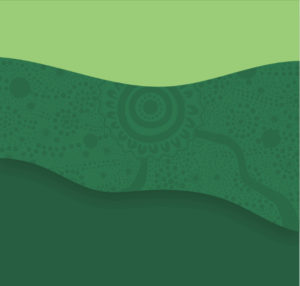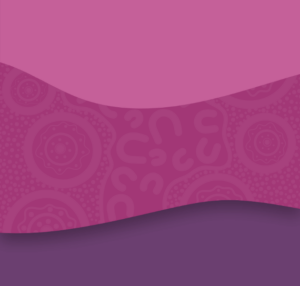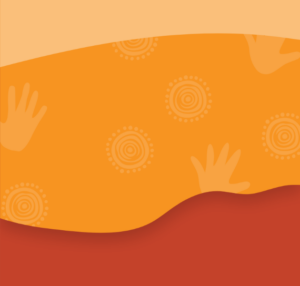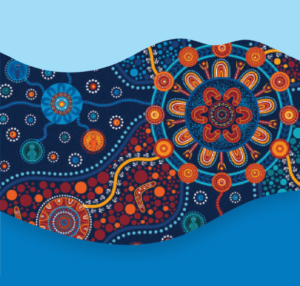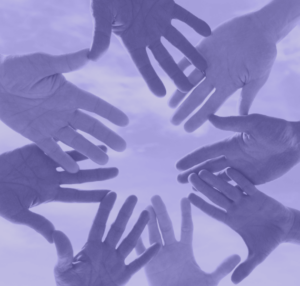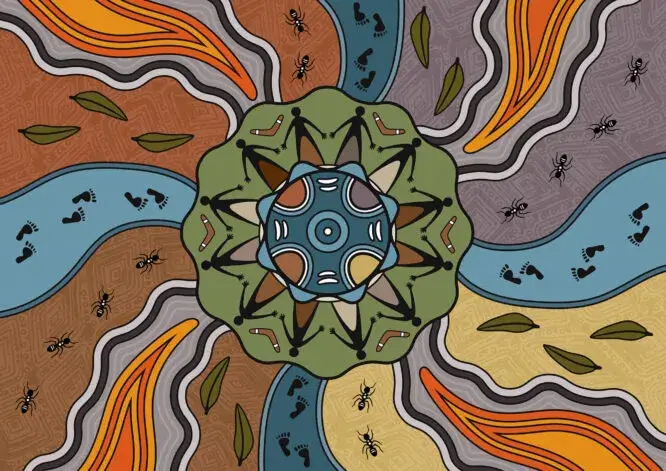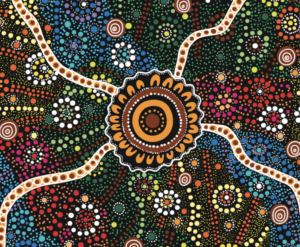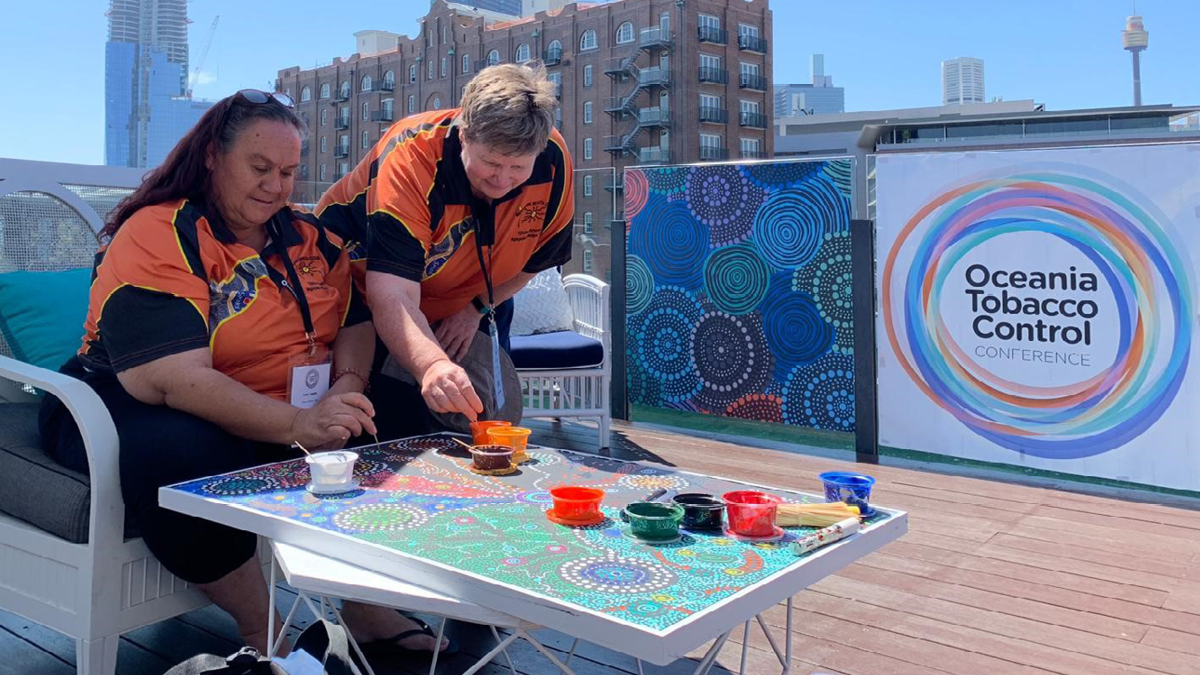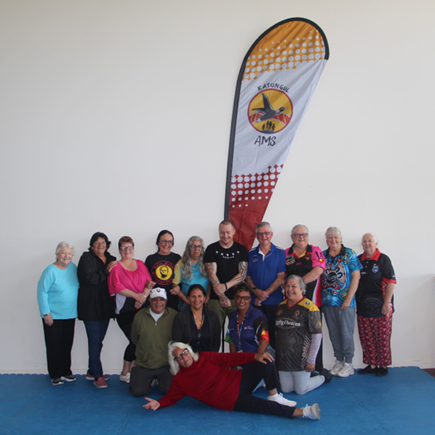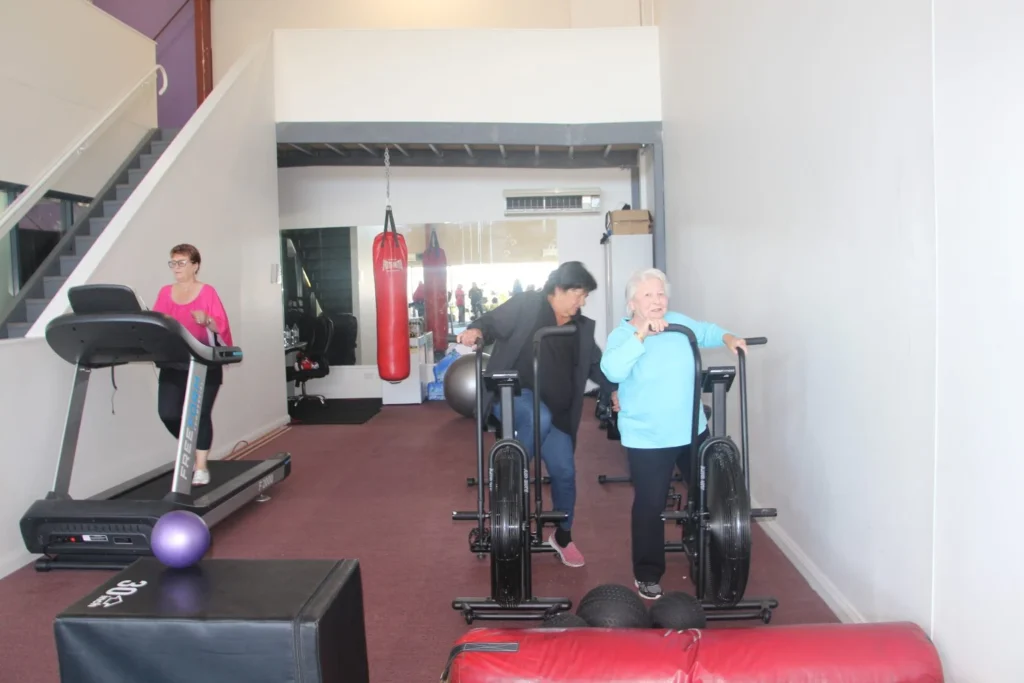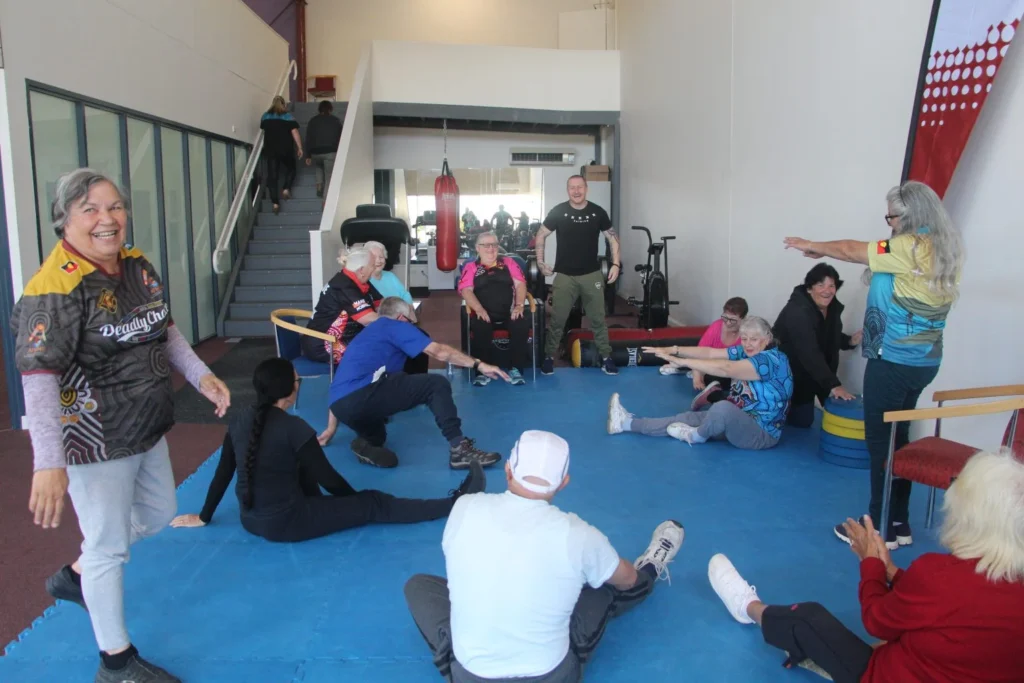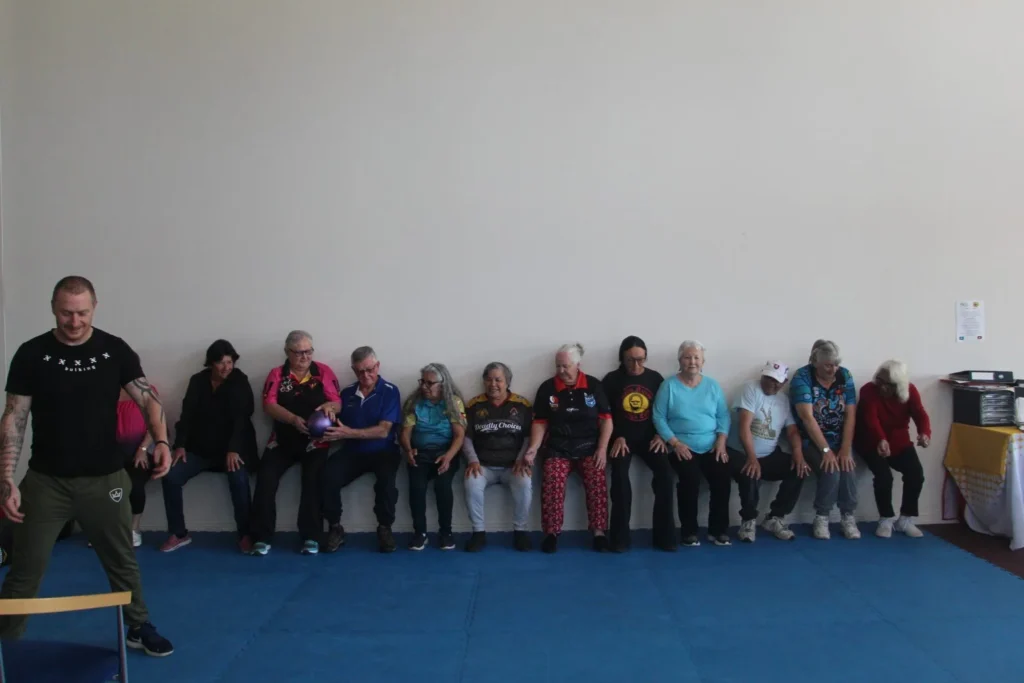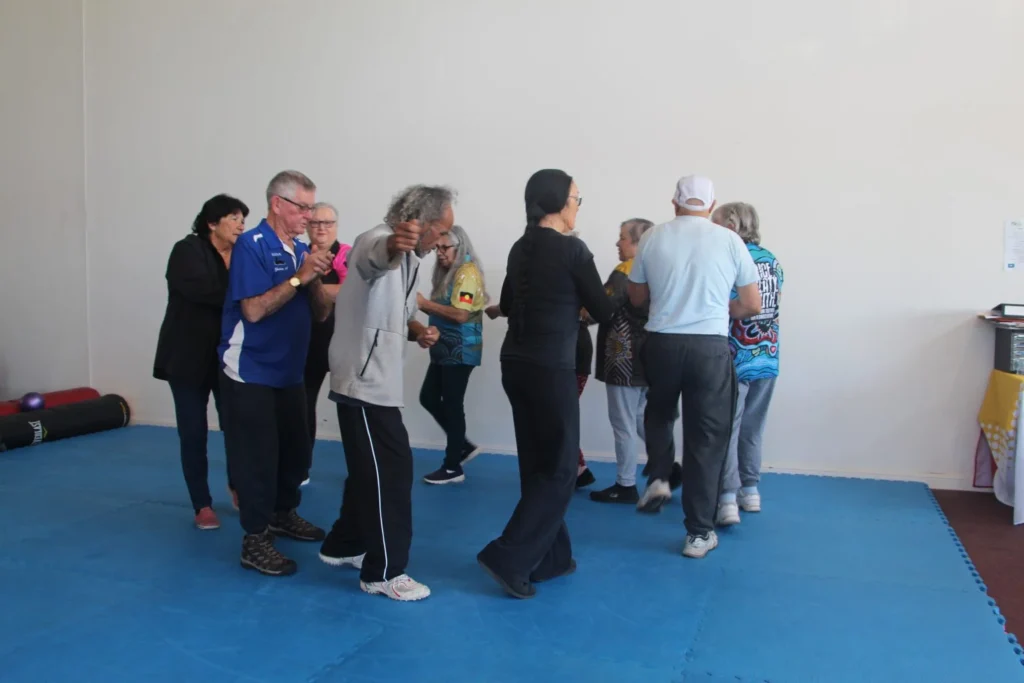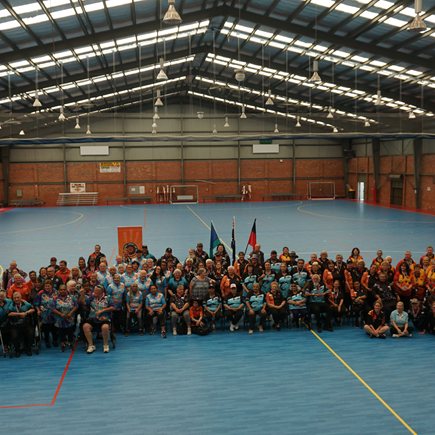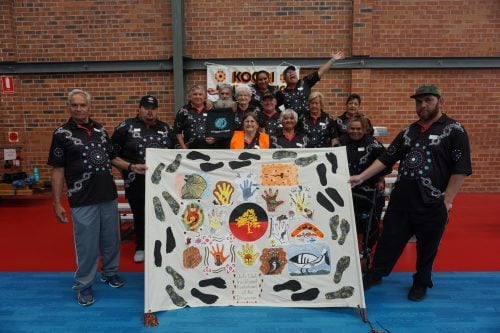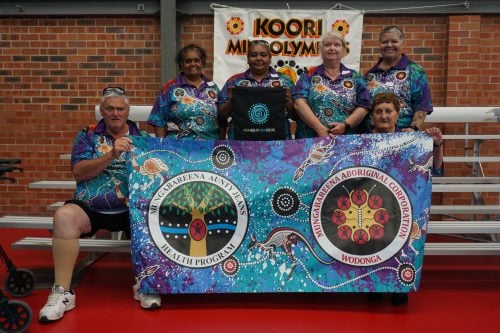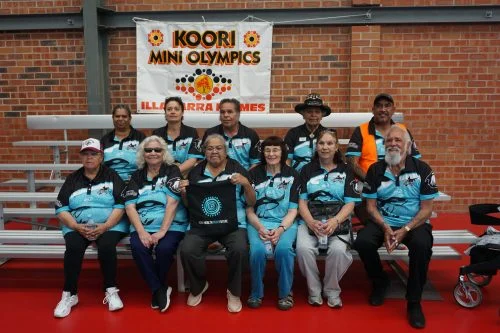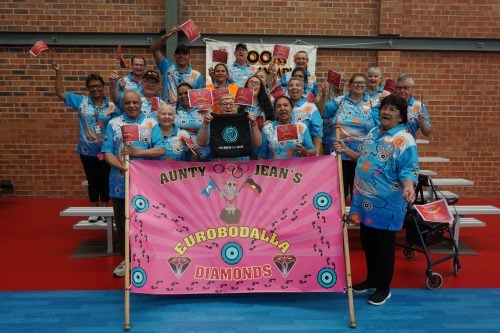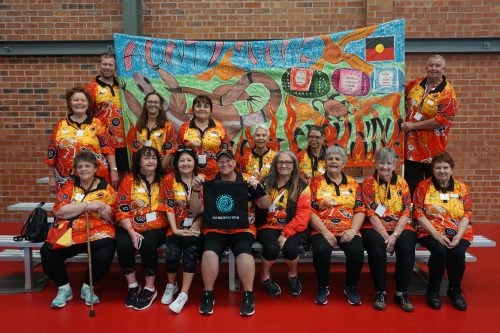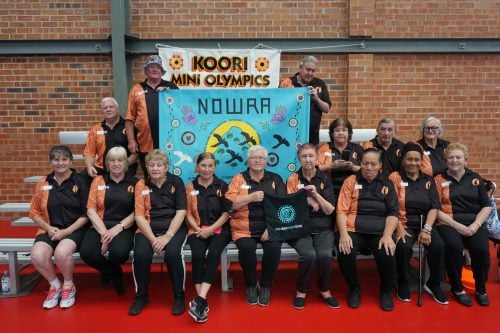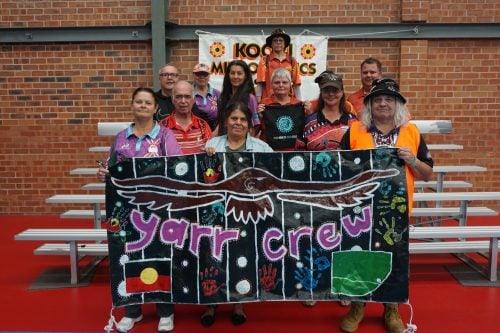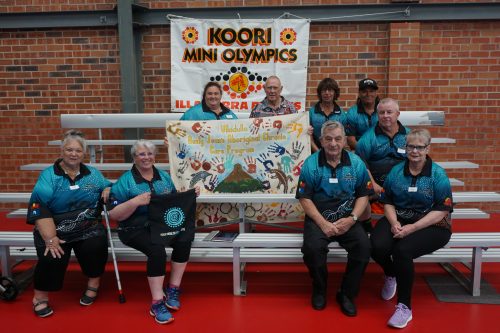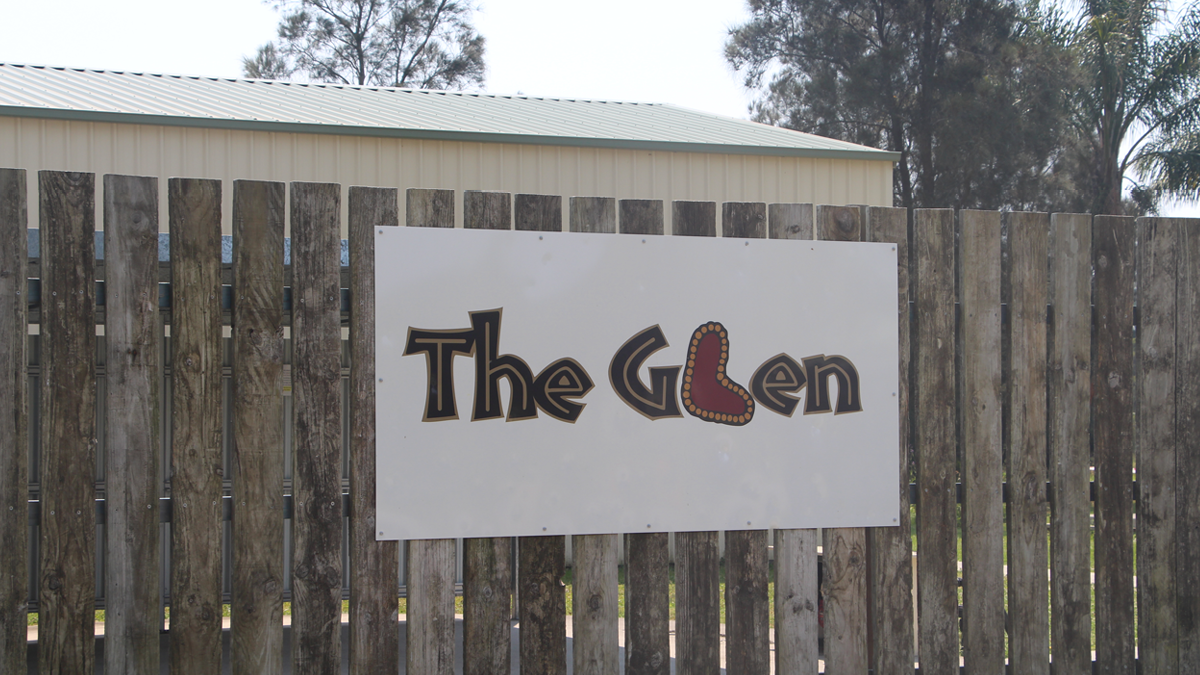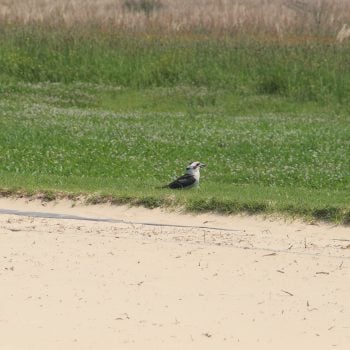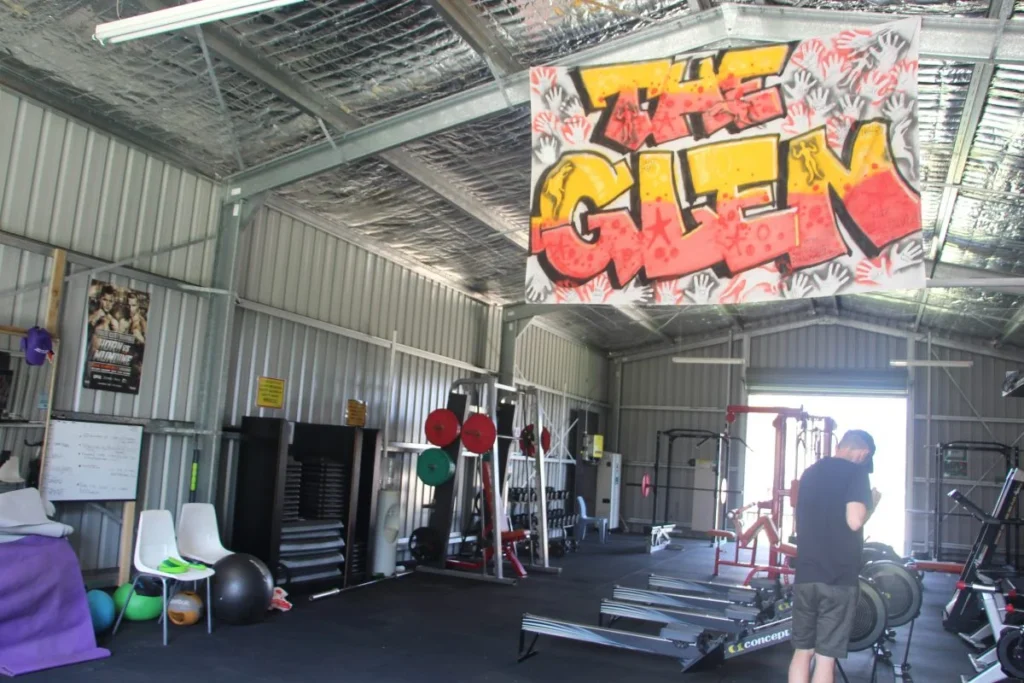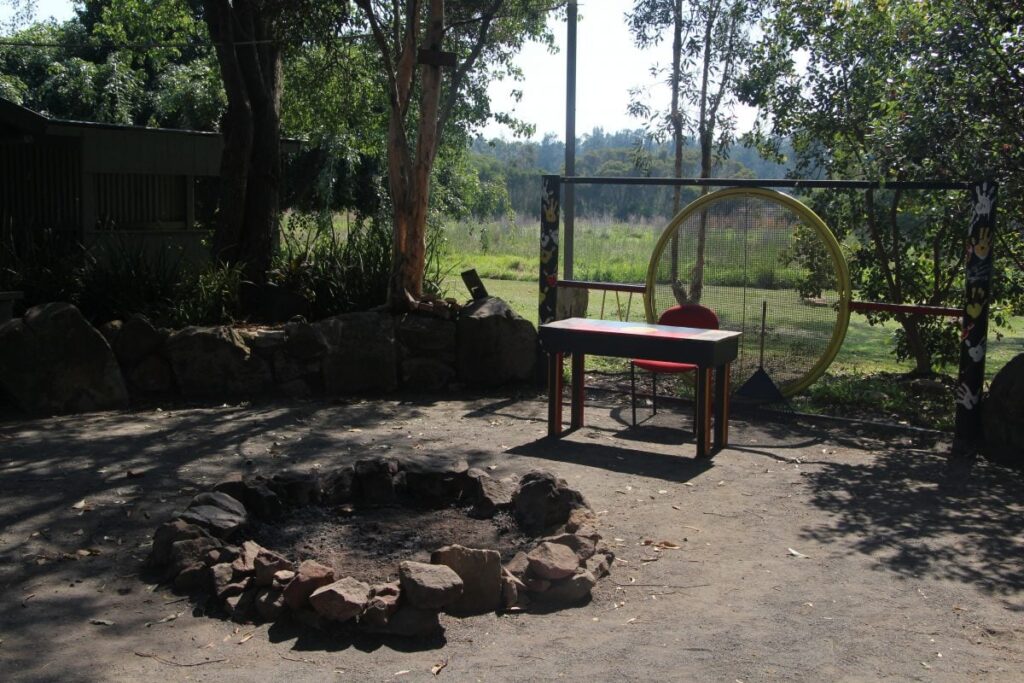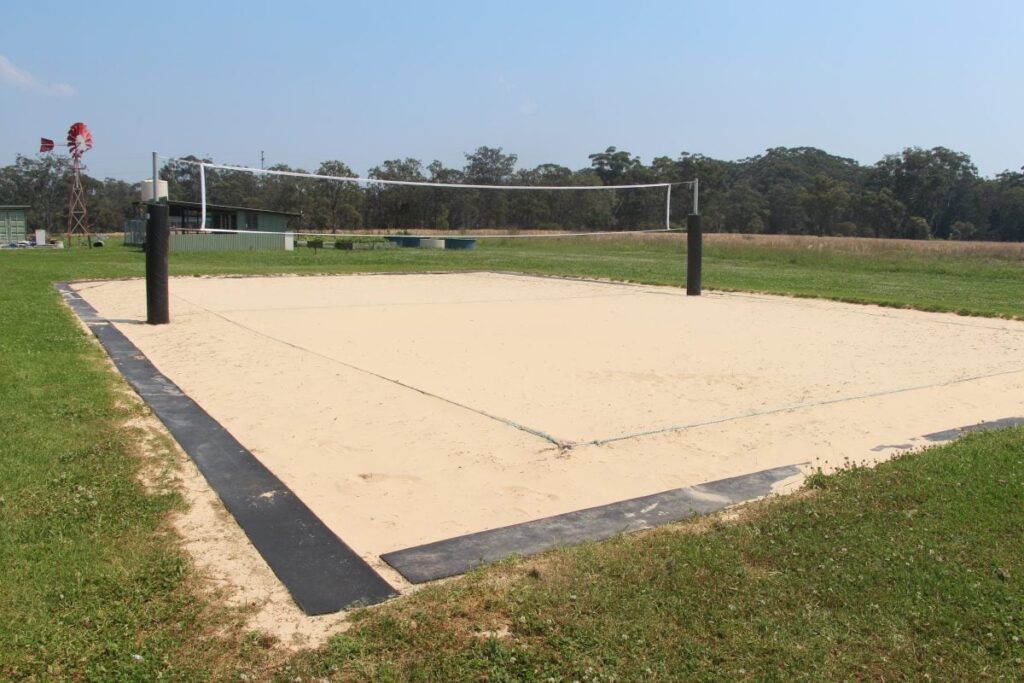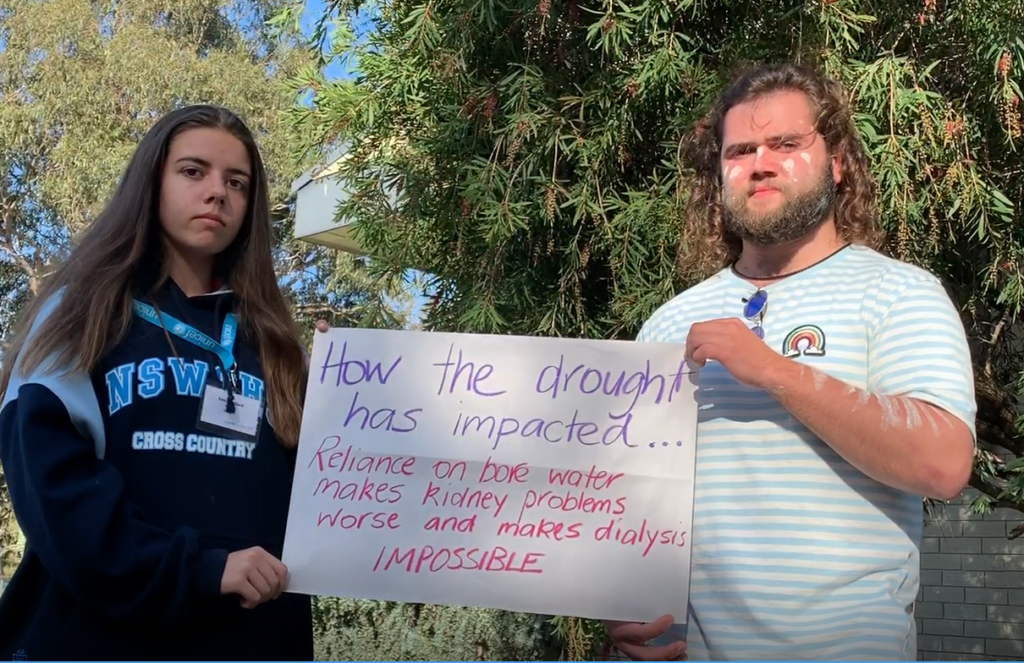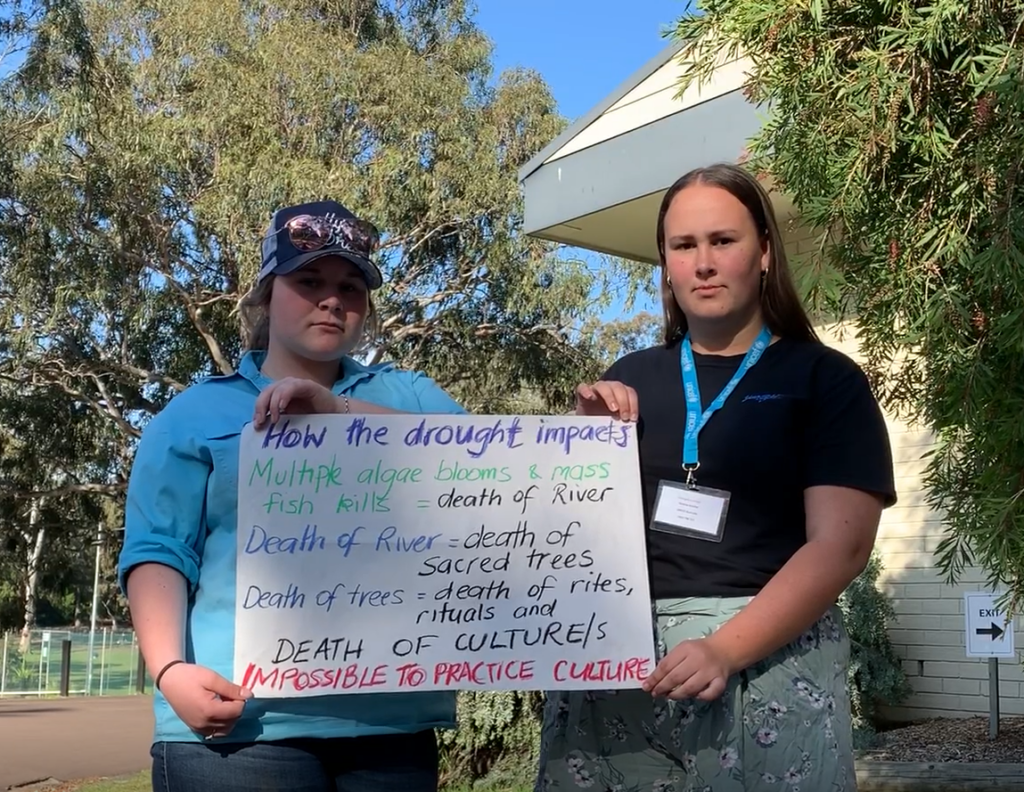This year, the Oceania Tobacco Control Conference was hosted on Gadigal land in Sydney on the 22-24 October 2019. Held biennially, the Conference provided a unique opportunity for a ‘meeting of minds’, bringing together Tobacco Control Researchers, Advocates, Policy Makers and Program Administrators from Australia, New Zealand and Pacific Island Nations.
The 2019 theme was ‘Making Tobacco Control a Priority’ and reflecting this drive for a renewed focus on the topic, the unofficial motto of the conference was ‘smoking is still the new smoking’, meaning that while other ‘new’ health problems might get more attention, smoking is still the leading cause of preventable disease in Australia”.
AH&MRC and the Cancer Council NSW provided 14 team members from ACCHSs with scholarships to attend the conference. This included staff from Galambila, Illawarra, Griffith, Bullinah, Redfern, Albury Wodonga, RivMed, Yerin, Griffith, Tobwabba and Waminda.
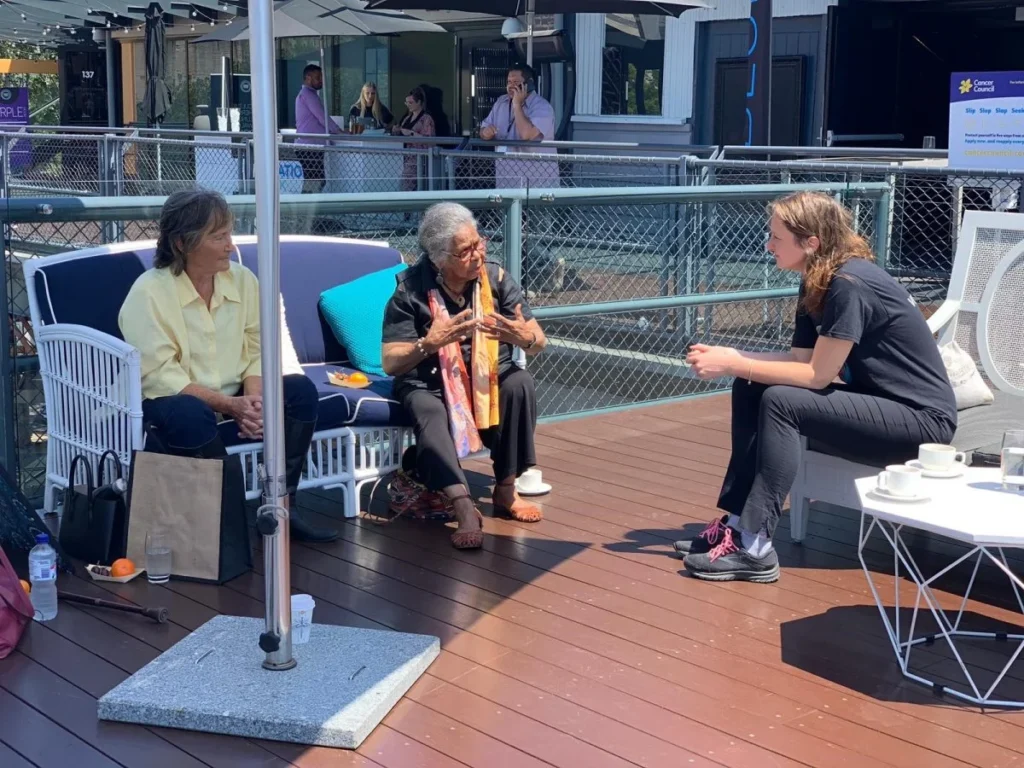
AH&MRC was this year’s Aboriginal Health Partner for the conference. AH&MRC contributed to an array of cultural elements throughout the Conference program including hosting the Gamarada Yarning Circles. Gamarada is a local Sydney word for friend and comrade. Lee Bradfield, Public Health Manager represented AH&MRC on a panel asking, “What has happened since the Statement by Indigenous people to the 2017 Oceania Tobacco Control Conference?’, including the research, policies and community controlled cessation programs to reduce smoking.
At the Gamarada Yarning Circles, conference participants met our local Aunties – Ali, Ann, Annette, Barb and Stephanie. Through the yarning circle with the Aunties, we learned and shared experiences of spiritual and cultural safety.
As part of the Gamarada Yarning Circles conference participants helped to develop a communal painting guided by Trevor Eastwood and Jason Douglas, Indigenous artists from Dalmarri.
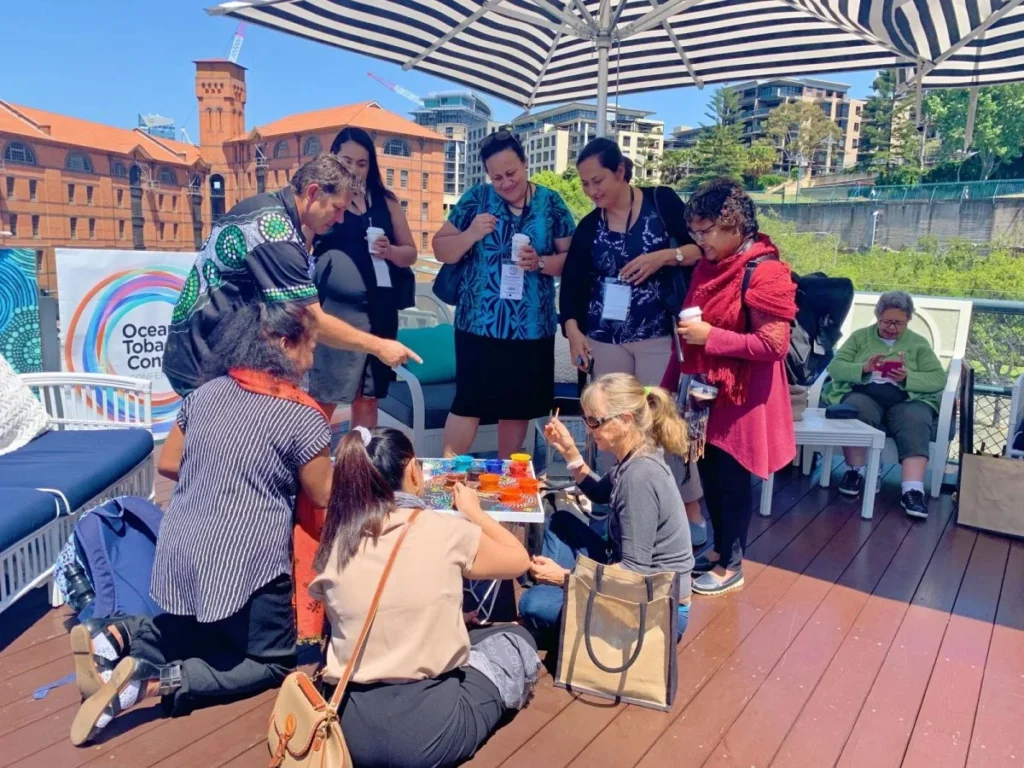
There was a strong focus on Indigenous strategies to tackle smoking, and a highlight was Galambila’s powerful video on Tacking Indigenous Smoking presented by Connie Smith, which advocated for tobacco control from the perspective of children. Further afield in the Pacific, a New Zealand community was working on creating smoke-free spaces, which resulted in the local Maori community banning smoking at kids’ footy and in the car. Legislation was passed in Kiribati to prevent tobacco sales near schools. Speakers at the Conference also explored that for many communities, smoking is a result of colonisation and intergenerational stress and trauma and in some cases, tobacco was used as a form of ‘payment’ to Aboriginal people.
Passionate speakers from all over Oceania also shared their own projects and research relating to tobacco control, ranging from innovations in plain packaging, sales and retail restrictions, and the concept of the mythical “third rail” (the end of tobacco sales). Stronger support for tobacco control in hospital settings was raised, with the analogy to healthcare professionals being:
“If your patient had open wounds on their leg you wouldn’t ignore it, so why ignore smoking as a risk factor?”
A copy of the conference program which includes a strong focus on the experience of First Nations peoples is now available online.
